The marten is a small member of the weasel, or Mustelidae, family. These creatures have thick brown or tan fur, which makes them the target of hunters and trappers. This hunting pressure varies depending on the species.
Some species, like the American marten, have healthy populations, while other species or subspecies are more vulnerable to extinction. Read on to learn about the marten.
Description of the Marten
Much like weasels, martens are long, slender, and sleek-looking little creatures. They have long tails at one end, and relatively small heads at the other. Their fur ranges in color from dark brow to yellowish tan, depending on the species. The largest species grow just over two feet long, and weigh just a few pounds. In most species, male martens are slightly larger than females.
Interesting Facts About the Marten
These furry little creatures are undeniably cute, but they are also fierce little predators. They have a number of adaptations that help them survive. Learn more below!
- Mustelidae Family – Martens have a number of relatives in the Mustelidae family. They share this taxonomic family with weasels, otters, badgers, wolverines, and minks.
- Tree Cat – In some areas, martens are known as “tree cats” for their ability to climb trees. In order to better navigate through branches and move from tree to tree, some species have semi-retractable claws.
- Helpful Hunters – In some areas, martens are reducing the number of invasive grey squirrels. In these areas, red squirrel populations had been decreasing, because they could not compete with the larger and hardier grey species. However, martens have great success hunting grey squirrels because they are much less agile than red squirrels.
- Marten Hunting – Though many species of martens have healthy populations, that does not mean they are prolific throughout their range. Unchecked hunting can result in local populations becoming nearly exterminated. Because of this, officials regulate all trapping and hunting.
Habitat of the Marten
While there are various species, most martens live in relatively similar habitats. These little mammals are perfectly adapted to life in the boreal forest, or taiga. In boreal forests, the temperatures are cold, and the forests are relatively dense.
They reside in mountains, pine forests, mixed forests, and more. Habitat destruction in some areas is detrimental to the local populations of subspecies.
Distribution of the Marten
Different species of martens range across the Northern Hemisphere. In North America, they reside from Alaska, across to northeast Canada. They also live as far south as the northwestern United States. Two different species range across Europe, another throughout portions of Russia, and several in various parts of Asia.
Diet of the Marten
Martens are omnivorous, which means they will feed on both plants and animals. They eat a variety of different foods, primarily depending on the season, food availability, and if they have young. Some common prey includes voles, mice, rats, squirrels, hares, fish, insects, and other small animals.
The plant-based portion of their diet usually contains a number of different berry species, as well as seeds, fruits, and nuts. They will hunt both on the ground and in the trees, and are quite opportunistic. If there is a food source available, they will take advantage of it until they must move on to something else.
Marten and Human Interaction
As far as human interactions go, martens are pretty innocuous. They are capable of hunting chickens and rabbits, but not much of a danger to larger livestock. If they feel threatened, they will defend themselves, but other than that, they are not likely to be any danger to humans.
However, hunters and trappers are quite detrimental to martens. In some areas, 90% of deaths are due to trappers or hunters. Regulation of hunting is effective in protecting local populations in some areas, and not so effective in others.
Domestication
Humans have not domesticated martens in any way.
Does the Marten Make a Good Pet
No, martens do not make good pets. They are wild animals, and in most places it is illegal to own one as a pet.
Marten Care
In a zoological setting, these little predators do not require excessive space, but they do need plenty of mental stimulation. Environmental enrichment, such as toys, puzzle feeders, positive reinforcement training, new smells, and more, are essential to keep these little creatures happy. Along with mental stimulation, they thrive on a diet of small mammals and the occasional fish.
Behavior of the Marten
Most species of marten are solitary, and defend a territory. This territory size depends upon the species and competition for food. They are much more active in summer than they are in winter. In some areas they are active during the day, in others they are more active at dusk and dawn, or at night. Activity levels and times vary greatly based upon the species and where the animal lives.
Reproduction of the Marten
These mammals reproduce at around two years old. Females breed at the end of summer and in early fall, but do not begin to develop the embryo until after winter. The gestation period is only about a month, and litters produce anywhere from a single kit to five kits.
Larger females usually give birth to more kits. When the kits are about two months old they will begin the weaning process and start to leave the den. The kits stay with their mother until the fall.

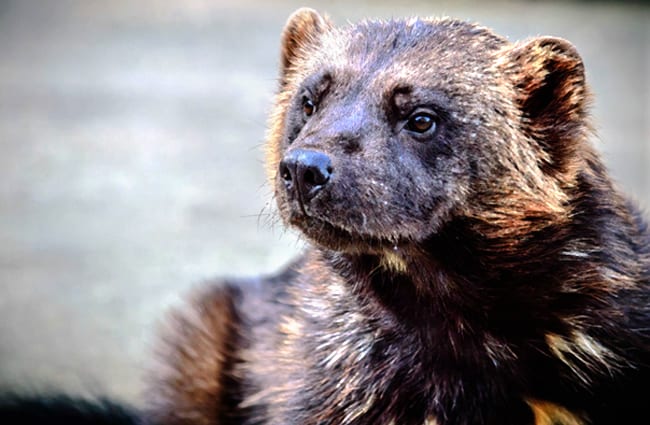
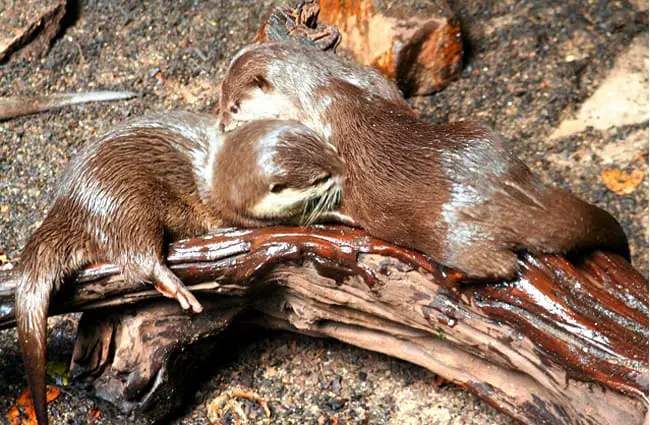

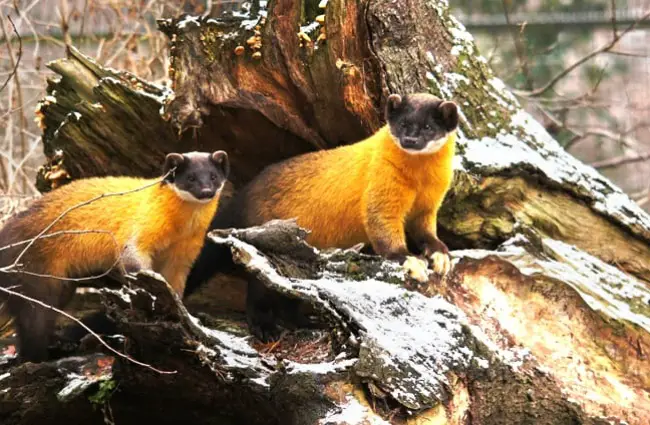
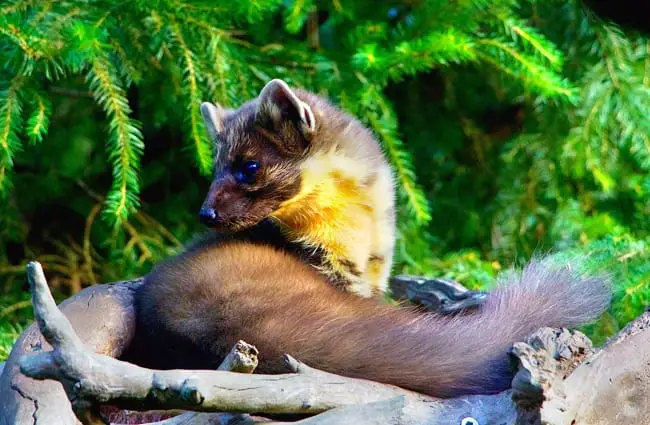
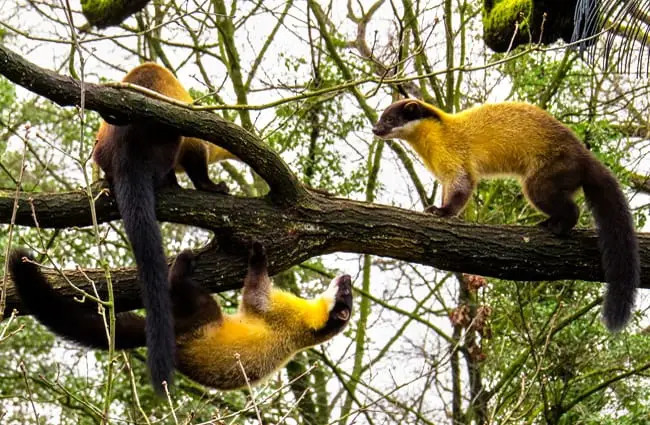

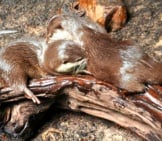




![Red Angus Closeup of a beautiful Red Angus cowPhoto by: U.S. Department of Agriculture [pubic domain]https://creativecommons.org/licenses/by/2.0/](https://animals.net/wp-content/uploads/2020/03/Red-Angus-4-238x178.jpg)












![Red Angus Closeup of a beautiful Red Angus cowPhoto by: U.S. Department of Agriculture [pubic domain]https://creativecommons.org/licenses/by/2.0/](https://animals.net/wp-content/uploads/2020/03/Red-Angus-4-100x75.jpg)

